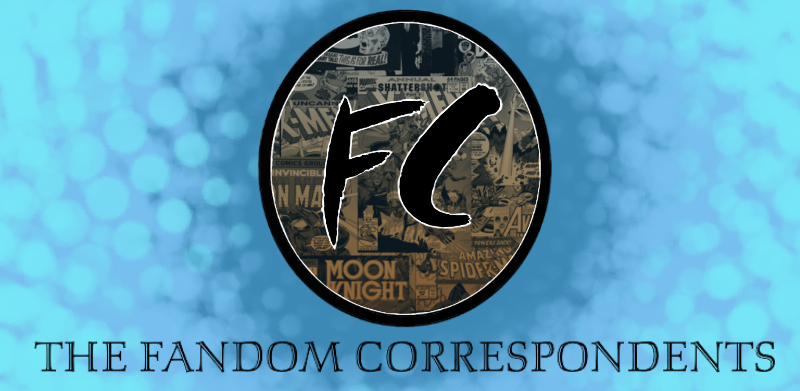Hello, and welcome to week 3 of Fandom Horrorfest 2020! It’s crazy that we’re already at 3 weeks into the spooky season. This week will focus on horror writers, their books, their film adaptations, and the contributions they have made to horror. We wouldn’t have many of our favorite horror movies and games if it weren’t for the writers behind them, so let’s spend a week devoted to the often unsung heroes of horror!
R. L. Stine
For a lot of us horror fans, our fascination with the genre began at a young age. I remember a lot of different early experiences with horror, from watching Child’s Play with my mom just out of my toddler years to being the only kid who asked questions about Satan in Sunday school. But if there’s one person who is the most responsible for getting young people interested in horror, it’s probably the mastermind behind Goosebumps, R.L. Stine. When it comes to quality, quantity, and overall modern influence (I couldn’t think of another q-word), Stine is in a horror league all his own. He has authored hundreds of juvenile horror novels as well as produced and written nearly every episode of the Goosebumps TV show, and few American kids can say they haven’t at least heard of some of Stine’s spookiest stories.
It’s one thing to write something scary, and it’s something else entirely to write something scary that has massive appeal for a population as short in attention span and as selective in what they like as children. How has Stine been as successful in juvenile horror for so long? I believe the key to his success is his ability to adapt horror classics and traditions into something digestible for younger readers. A lot of what Stine writes about is almost unanimously scary, but he writes about it in a way that hits the highlights and shares just enough with readers so that they’re engaged without having to devote a ton of attention or time to the material. For example, one of Stine’s best-known works, Night of the Living Dummy, is based on the massive history of doll-related horror; however, he summarizes all that tradition so concisely that the tale is over as soon as it begins. As a result, kids get spooked and get to mark another book down on their summer reading list without feeling like reading took a whole of time or energy. While it may sound like I’m criticizing his style, I really can’t overstate how important Stine’s ability to tell stories in such a concise form is to inspiring future readers and horror fans. As a 7-year-old kid, there was no way I was going to even pick up a 700-page Stephen King novel, but before I knew I had spent a week reading the equivalent in Goosebumps without even realizing how much I had read. Sometimes, horror creators feel the need to come across as profound thinkers, and as a result they tend to attempt too much with their stories and movies. Sit down and watch a random season of American Horror Story, and you will quickly see writers’ tendencies to want to do everything they can with a single story. However, the most effective storytelling is often the simplest and most digestible, and this is why R.L. Stine has had such unprecedented success in his career: at the end of the day, we just want to be scared.
I can’t recommend Night of the Living Dummy and Revenge of the Lawn Gnomes enough; in all the years of inanimate-based horror, they’re still some of the best examples I’ve ever seen. An Old Story is one of the more existential stories Stine has written and arguably the most controversial, if such a word can be used for Goosebumps. These episodes are great for anyone with kids or if you’re just trying to relive some good ole nostalgia.

